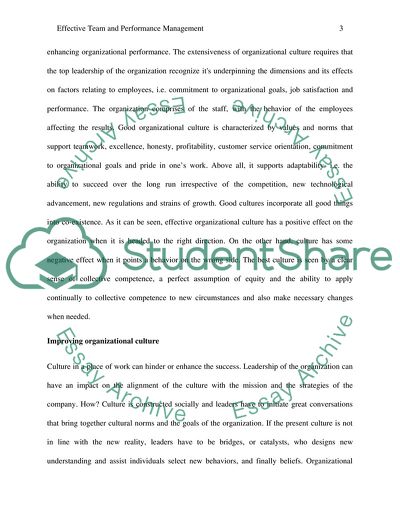Cite this document
(Effictive team and performance managment Assignment, n.d.)
Effictive team and performance managment Assignment. https://studentshare.org/human-resources/1827539-effictive-team-and-performance-managment
Effictive team and performance managment Assignment. https://studentshare.org/human-resources/1827539-effictive-team-and-performance-managment
(Effictive Team and Performance Managment Assignment)
Effictive Team and Performance Managment Assignment. https://studentshare.org/human-resources/1827539-effictive-team-and-performance-managment.
Effictive Team and Performance Managment Assignment. https://studentshare.org/human-resources/1827539-effictive-team-and-performance-managment.
“Effictive Team and Performance Managment Assignment”. https://studentshare.org/human-resources/1827539-effictive-team-and-performance-managment.


